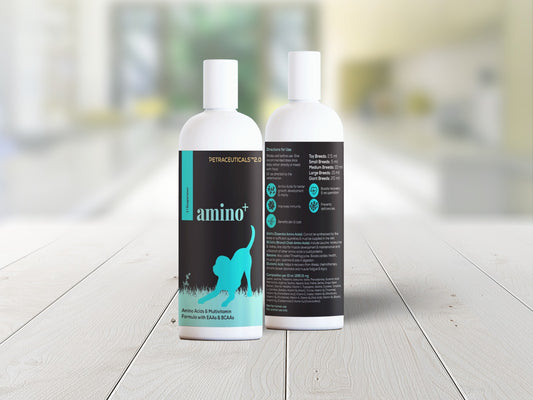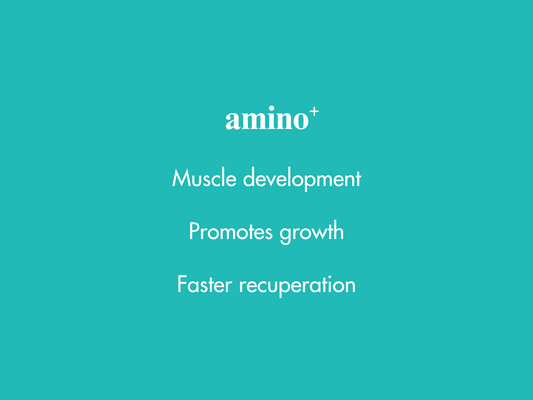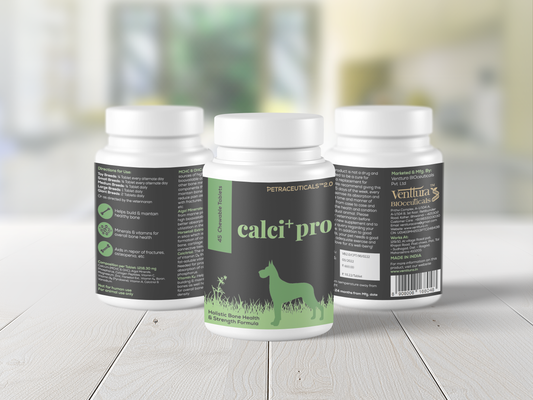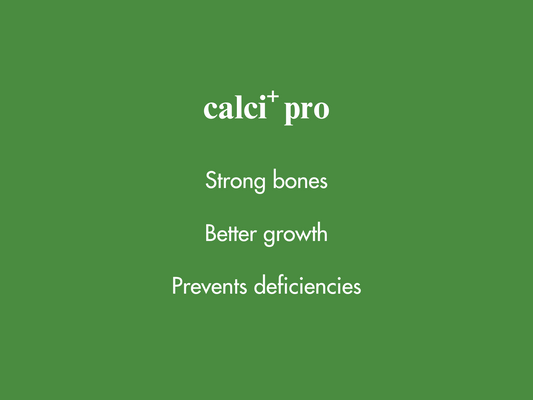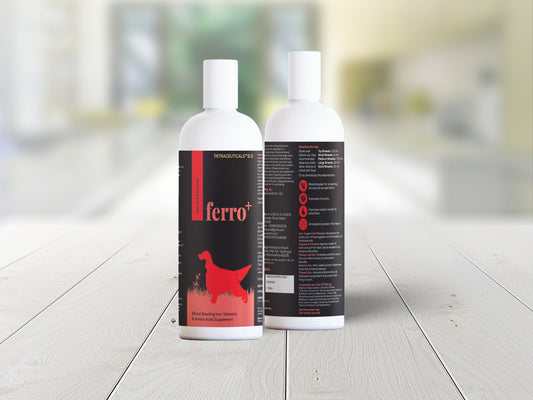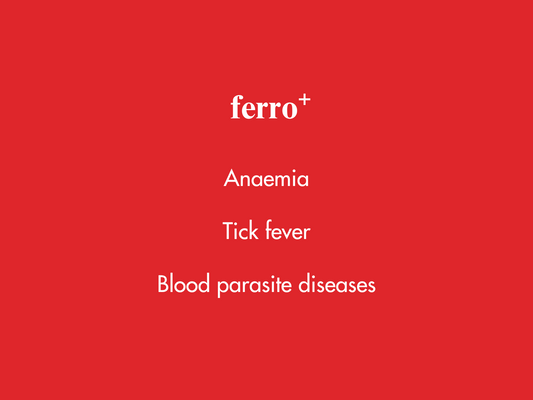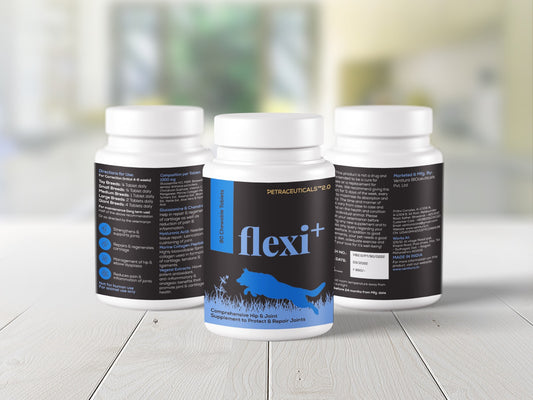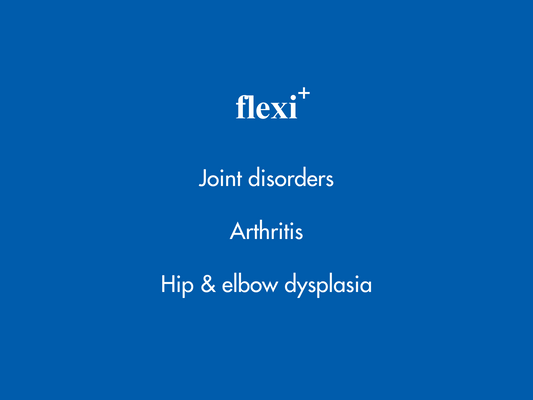Laminitis is a painful and often debilitating condition that affects the hooves of horses, causing inflammation and structural changes in the sensitive laminae. These structures connect the coffin bone to the hoof wall and play a crucial role in supporting the horse's weight. Understanding the causes, recognizing symptoms, and implementing preventive measures are essential for the well-being of horses.

Causes of Laminitis
- Overeating:
One of the primary causes of laminitis is overeating, particularly on rich pasture or excessive consumption of grains. Horses that graze on lush spring pasture or receive a sudden increase in grain intake may be at a higher risk. The excess carbohydrates can disrupt the delicate balance within the digestive system, leading to inflammation in the hoof laminae.
- Obesity and Metabolic Conditions:
Overweight horses are more susceptible to laminitis, and conditions like Equine Metabolic Syndrome (EMS) or Equine Cushing's disease or Pituitary Pars Intermedia Dysfunction (PPID) can further increase the risk. These metabolic disorders can affect insulin regulation, leading to higher levels of circulating insulin, which may contribute to laminitis development.
- Concussive or Shock Forces:
Prolonged work on hard surfaces or trauma to the hooves can result in laminitis. The constant impact on the hooves can disrupt the blood flow to the sensitive laminae, causing inflammation and pain.
- Systemic Illnesses and Infections:
Laminitis can be a secondary condition associated with systemic illnesses such as colic or severe infections. Inflammatory responses triggered by these conditions can affect blood flow to the hooves, leading to laminitic changes.
- Endocrine Disorders:
Horses with insulin resistance or hormonal imbalances may experience laminitis. Insulin resistance can compromise the regulation of glucose, leading to increased levels of circulating insulin, which in turn affects the blood flow to the hooves.
- Excessive Weight-Bearing:
If a horse is forced to bear excessive weight on one limb due to injury or lameness in another limb, it can result in laminitis in the supporting limb. The uneven distribution of weight places additional stress on the hooves.

Symptoms of Laminitis
- Lameness:
Lameness is a primary indicator of laminitis. Affected horses may shift their weight from one foot to another or show reluctance to move. The degree of lameness can vary from mild to severe.
- Increased Digital Pulses:
A bounding or strong pulse felt in the arteries of the lower limb, known as digital pulses, is often a sign of increased blood flow associated with inflammation.
- Heat in the Hooves:
The affected hooves may feel warmer than usual due to increased blood flow and inflammation.
- Reluctance to Walk or Stand:
Horses with laminitis often adopt a characteristic "founder stance," leaning back to relieve pressure on the front feet. This stance is an instinctive response to the pain associated with the condition.
- Shifting Weight:
To alleviate pain, horses may shift their weight between hooves, attempting to find a more comfortable position.
- Increased Respiratory and Heart Rate:
Laminitis can cause stress, leading to an elevated respiratory and heart rate in affected horses.
Prevention of Laminitis
- Control Diet:
Monitor and control the horse's access to lush pasture and high-carbohydrate feeds. Implement gradual changes in diet to avoid sudden spikes in carbohydrate intake.
- Regular Exercise:
Provide regular, moderate exercise to maintain a healthy weight and promote good circulation. Exercise helps improve insulin sensitivity and overall metabolic health.
- Manage Metabolic Conditions:
If a horse has metabolic disorders like EMS or Cushing's disease, work closely with a veterinarian to manage these conditions effectively through medication, diet, and monitoring.
- Proper Hoof Care:
Regular trimming and maintaining proper hoof balance are crucial to preventing laminitis. Consult with a farrier to ensure the horse's hooves are in optimal condition.
- Avoid Overworking on Hard Surfaces:
Limit strenuous activities on hard or abrasive surfaces to reduce the risk of concussive forces that can contribute to laminitis.
- Monitor Overall Health:
Schedule regular veterinary check-ups to monitor the horse's overall health and address any potential issues before they escalate.
- Prompt Treatment of Underlying Conditions:
Timely and appropriate treatment of underlying illnesses, injuries, or infections can help prevent secondary laminitis.

To conclude, laminitis is a serious condition that requires diligent management and preventive measures. By understanding the causes, recognizing symptoms early, and implementing effective preventive strategies, horse owners can significantly reduce the risk of laminitis and promote the overall well-being of their equine companions. Regular collaboration with veterinarians, farriers, and equine nutritionists is essential for developing and maintaining a comprehensive approach to laminitis prevention.

 Proud to have impacted over 1 Million Happy Pet Parents since 2013.
Proud to have impacted over 1 Million Happy Pet Parents since 2013. 

